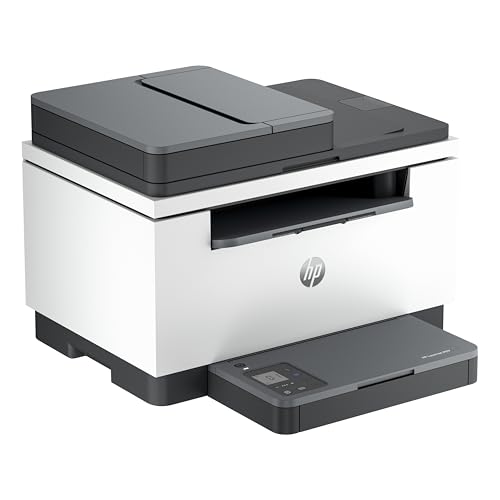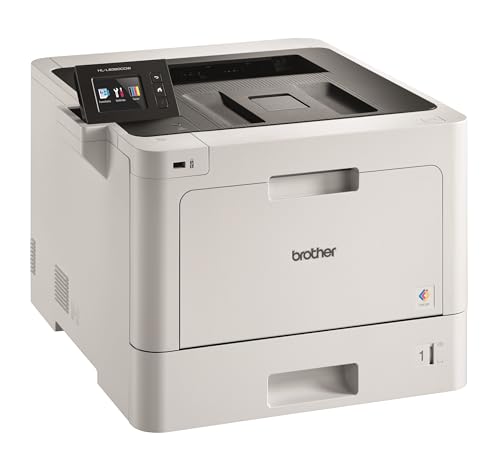Understanding External Sound Cards: An Introduction to Enhanced Audio
What is an External Sound Card?
An external sound card is a device that connects to your computer or laptop, providing improved audio quality compared to built-in sound options. Picture this: when you listen to music or watch movies, the sound can often be flat or lacking depth through your computer’s internal sound. An external sound card enhances the audio experience, delivering clearer and richer sound, whether it’s for gaming, music production, or just enjoying media.
Why Choose an External Sound Card?
You might wonder why you need an external sound card when your device already has one. The key difference lies in the quality and functionality. Many internal sound cards struggle to provide high-fidelity audio or support advanced sound technologies. An external sound card generally features better components that enable superior sound reproduction, providing an immersive listening experience that can truly bring your favourite games and music to life.
Key Features to Consider When Choosing an External Sound Card
Audio Quality and Sample Rate
When selecting an external sound card, the first thing to consider is audio quality. Look for devices that support higher sample rates and bit depths; this translates to clearer sound. Imagine turning on your music and hearing the crisp notes of your favourite songs instead of muffled sounds. A good benchmark to aim for is at least 24-bits and 96 kHz.
Connectivity Options
Think about how you plan to use the sound card. Do you want to connect headphones directly, or perhaps speakers and a microphone? Check for a variety of connection options. USB is the most common and convenient, but some might offer optical and MIDI connections too, which are great for musicians and gamers alike.
Portability and Design
If you’re always on the go, consider the size and weight of the external sound card. Many models are compact and designed for easy transport, making it simple to enhance your audio experience wherever you are. A sleek, portable design also means you can set it up easily and without clutter, giving you a clean workspace.
How External Sound Cards Improve Your Audio Experience
Enhanced Gaming Experience
For gamers, sound cards can make a significant difference in gameplay. Imagine hearing the faint footsteps of an opponent creeping up behind you or the immersive audio of a game’s soundtrack filling your room. A good external sound card can help you pinpoint these sounds accurately, giving you a competitive edge.
Music and Media Production
If you’re into music production, an external sound card becomes even more critical. You need accurate sound monitoring to ensure that what you hear matches your production goals. With an external sound card, studio-quality audio becomes accessible, allowing you to record and mix tracks effectively without the limitations of standard audio options.
Top Picks for External Sound Cards: Our Recommendations
Best All-Rounder
For those looking for a robust all-rounder, we recommend a product that balances functionality and sound quality. An ideal choice would be a model that supports multiple inputs and outputs, high sample rates, and is easy to set up. This way, whether you are gaming, mixing music, or just enjoying films, you will have an excellent audio experience.
Best for Gamers
If you are primarily a gamer, opt for a sound card specifically designed for gaming. Look for models with surround sound capabilities and features that enhance positional audio; this will significantly enrich your gaming experience, letting you hear enemies creeping up on you more clearly and immersing you in sound-rich environments.
Setting Up Your External Sound Card: A Quick Reference Guide
Connecting Your Sound Card
Setting up your external sound card is usually a straightforward process. Begin by connecting it to your computer via USB. Most systems recognise new devices automatically. Once connected, you’ll need to adjust your audio settings. It’s as simple as going into your system settings, selecting the external sound card as your output device, and you’re ready to go.
Optimising Your Settings
After setting it up, take a moment to explore the software that comes with your sound card, as many include options for customisation. Tweak the equaliser settings or surround sound options to match your preferences. This way, you can enjoy audio that is perfectly tailored to your listening habits, whether for movies, music, or games.


























